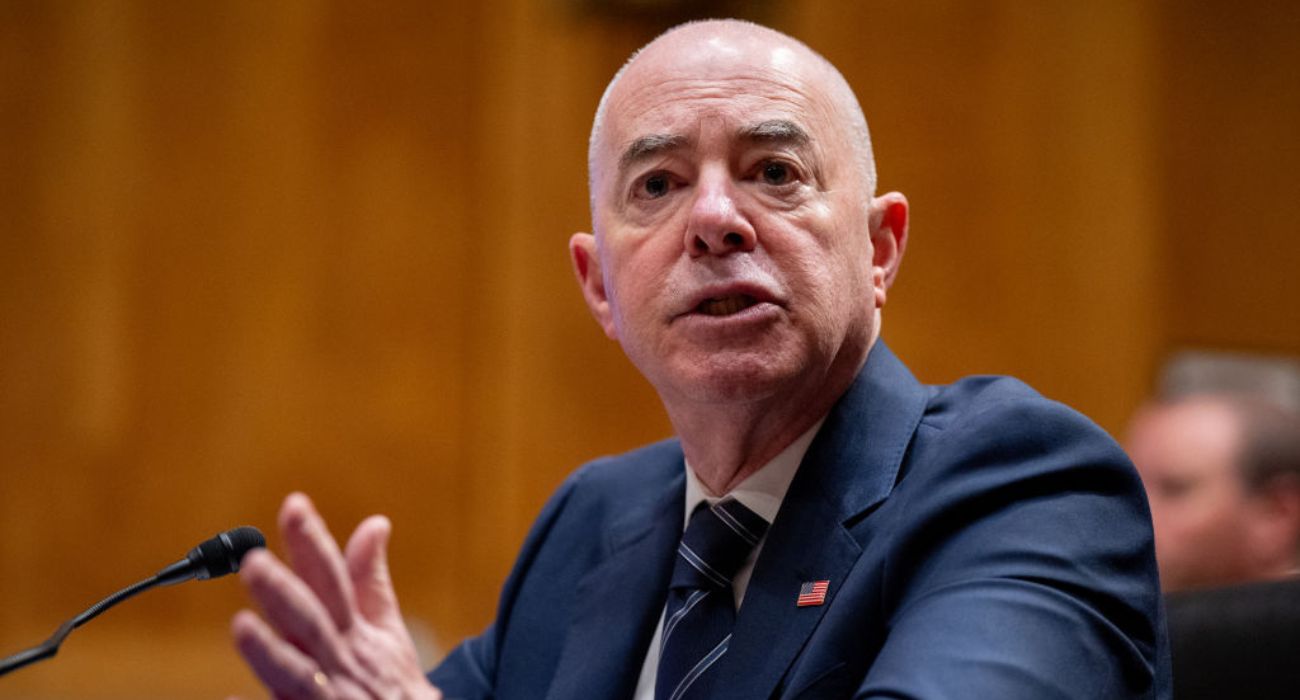To assist with economic recovery in the Lone Star state, Texas Comptroller Glenn Hegar transferred over $7 billion into two separate funds. A total of around $7.3 billion will be transferred to the State Highway Fund (SHF) and the Economic Stabilization Fund (ESF), commonly known as the “Rainy Day Fund,” according to a November 29 press release from the comptroller.
Hegar shared that both of these funds are important to the state, and will be critical in economic recovery.
“Texas’ strong economic recovery continues but inflation and supply chain issues coupled with ongoing geopolitical unrest point to uncertainty on the horizon. Additionally, our economic strength and business-friendly environment continue to attract people and businesses to Texas,” he said in the press release. “In order to meet the needs of these new Texans and continue to attract business investment, it is critical that we invest in the infrastructure needed to keep our state fiscally healthy. The ESF and SHF are critical assets for the people of Texas, and these transfers represent a tremendous opportunity to continue to invest in Texas’ future and safeguard our state against uncertainty.”
Approximately $3.64 billion was put into each account, which is around 50% of the total amount.
The ESF transfer must be made in the 90 days following the end of the fiscal year, the press release explained. When the 2022 fiscal year ended on August 31, the balance for the ESF was $10.7 billion. After the transfer, the balance will be right over $14 billion.
“The transfer amounts are based on crude oil and natural gas production tax revenues in excess of 1987 collections. If either tax generates more revenue than the 1987 threshold, an amount equal to 75 percent of the excess is transferred,” the press release states. “In November 2014, voters approved a constitutional amendment allocating at least half of these severance taxes to the ESF, with the remainder going to the SHF for use on non-toll highway construction, maintenance and right-of-way acquisition.”
The Rainy Day Fund for the state of Texas is the largest fund of its kind in the country, according to the comptroller’s website. Funding can be added by means other than oil and gas revenue, as well.
“Other rainy-day revenue includes half of any unencumbered balance in general revenue (that is, revenue not reserved for any specific purpose) at the end of each biennium, and all interest earned on the balance and investments made with it,” the website explains. “The Legislature also may make direct appropriations to the fund, although it has never done so.”
Appropriations can be made to the fund as a response to three circumstances.
These circumstances, as listed by the comptroller’s website, are a projected revenue shortfall in an ensuing biennium, a budget deficit during a biennium, or any purpose chosen by the Legislature.
Since its inception, the legislature has made seven appropriations to the ESF, totaling $10.6 billion. The most recent appropriation was passed in 2013 following a two-thirds vote from the Legislature.
The Rainy Day Fund has an outstanding spending authority of around $872.1 million. The press release notes, “The balance in the ESF will change as agencies spend down this remaining appropriation authority and investment earnings are realized.”







The most useful project this money could fund is a state wide system that will address and end homelessness in Texas. Everything from policing to restoring people to their status as contributing citizens would be included.
Coming on ten years get funds to homeowners https://texashousers.org/2013/01/31/national-mortgage-settlement-purpose-yet-unfulfilled/